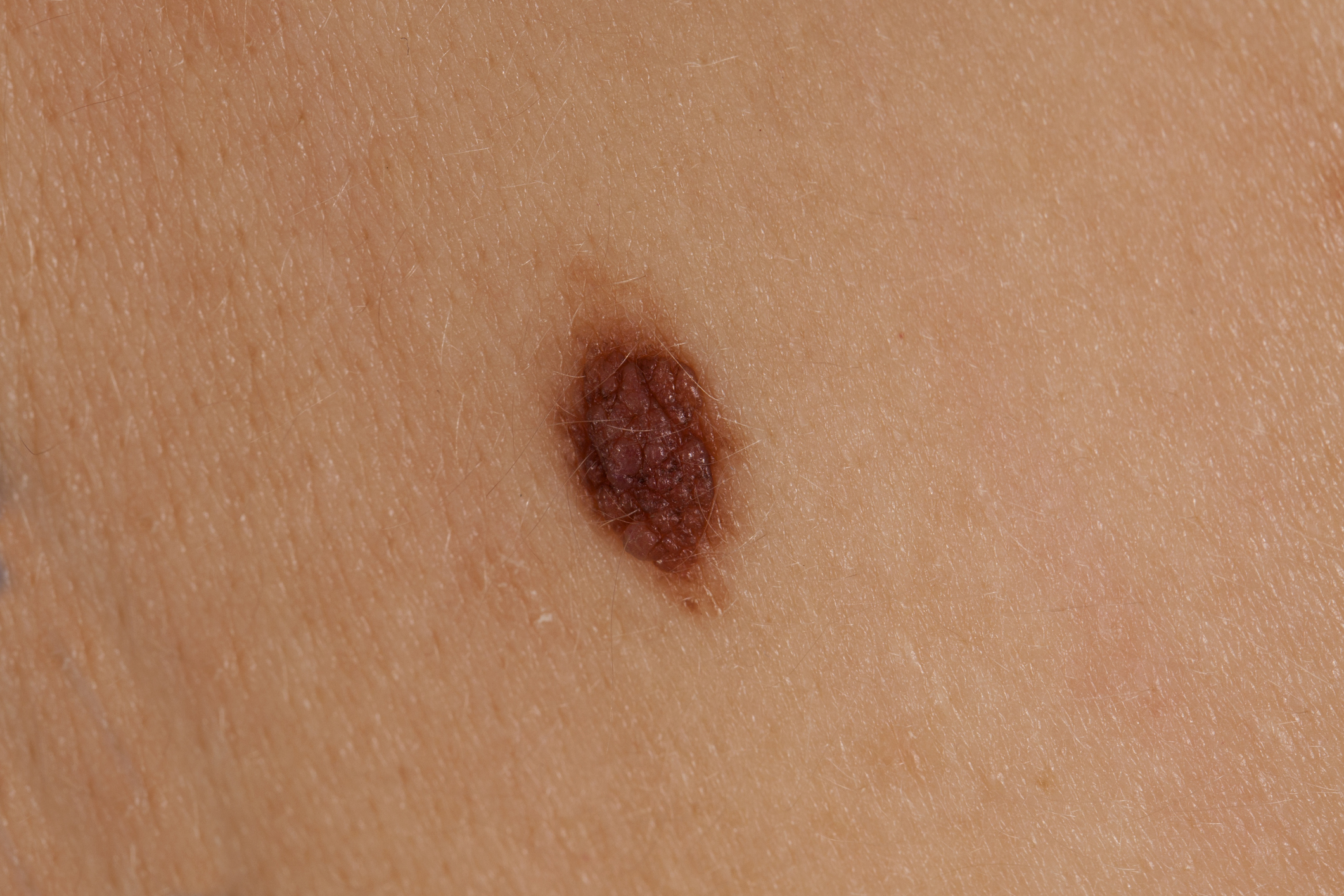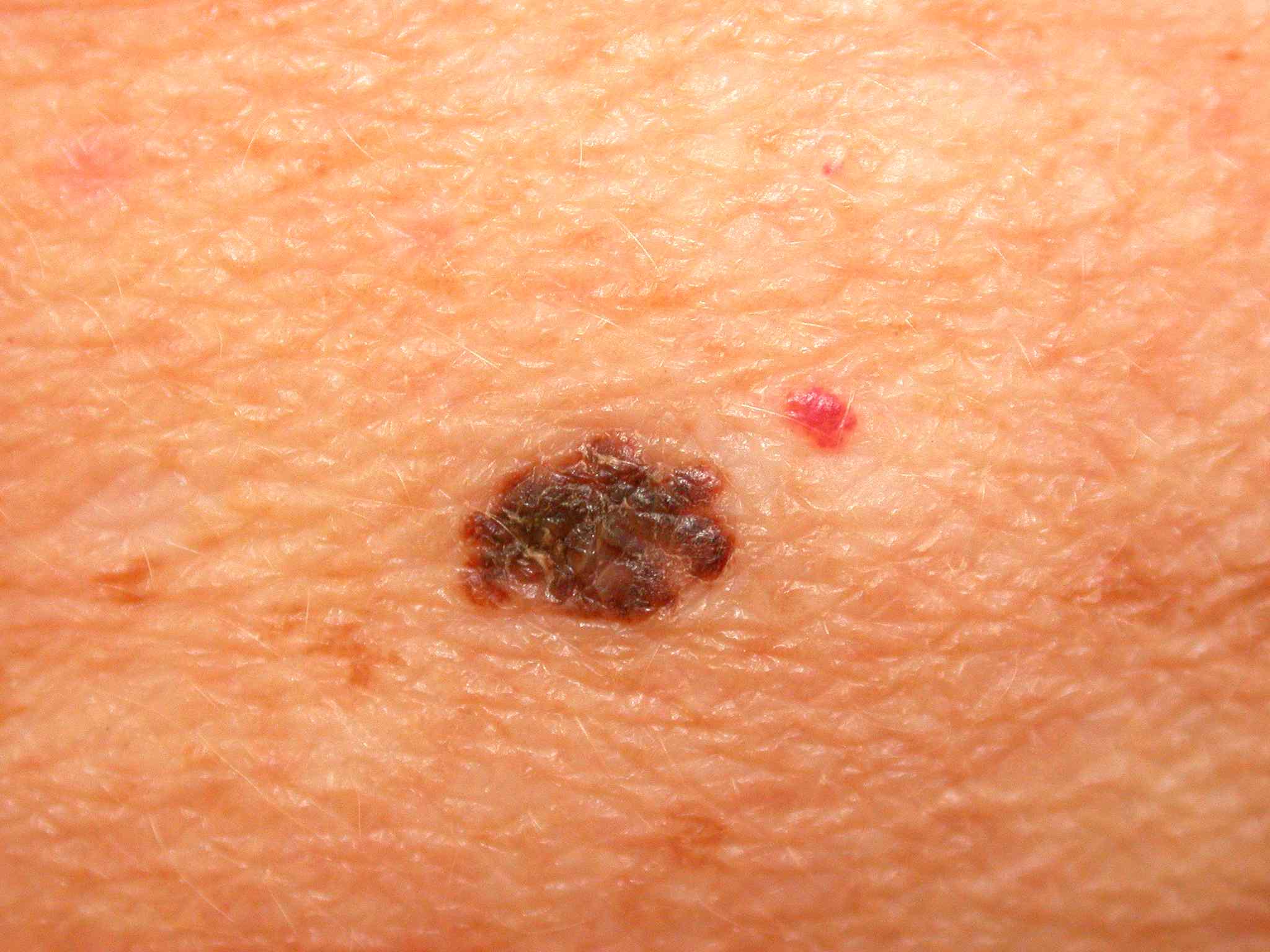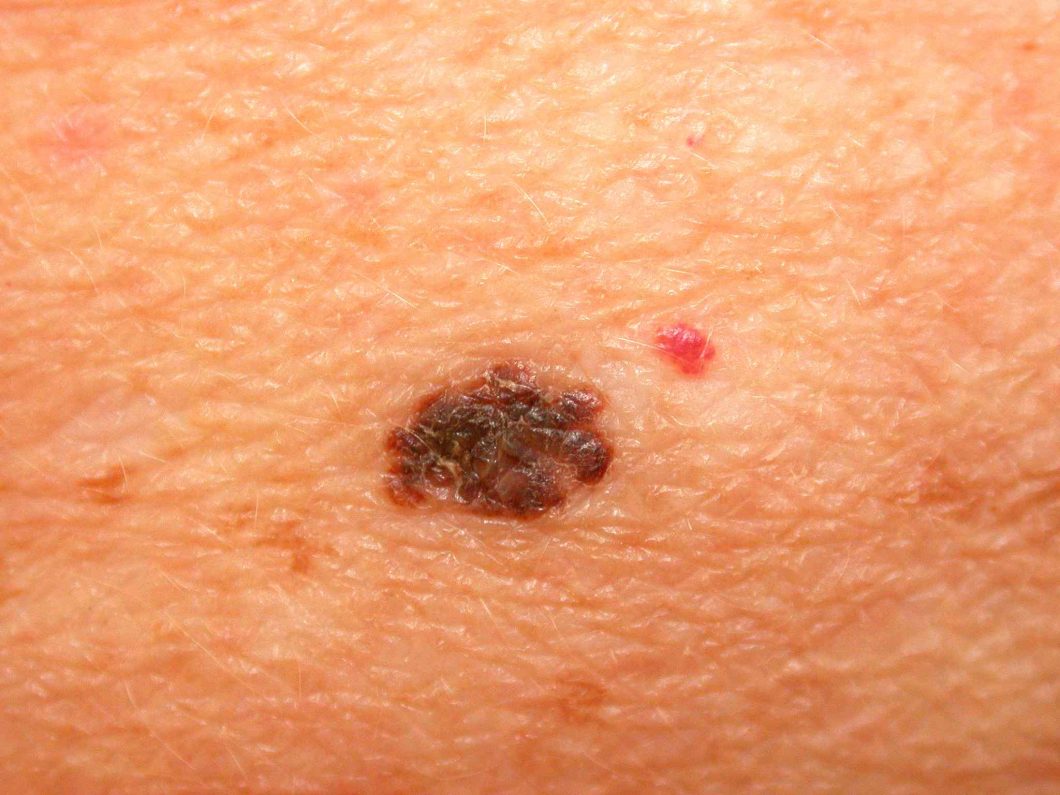Melanoma is a skin disease in which the color giving cells or melanocytes become cancerous. Melanoma usually occurs in adults, but can occasionally be found in children and adolescents too. Melanocytes or the cells responsible for color are found in the epidermis, i.e. the outer layer of the skin and they contain a pigment called melanin, that provides color to our skin. Melanoma is a much more serious type of cancer than other skin cancers such as basal cell cancer or squamous cell cancer, which originate in the basal cells or squamous epidermis. While Basal Cell and Squamous Cell cancers can cause significant damage to the skin (especially in sensitive areas such as the face) they do not metasticize or spread to other areas of the body like Melanoma does.
The laser hair removal new jersey ethos spa will offer the correct information to the individuals. There is no conducting of the mistakes with the intelligence of the people. The handling of the tools will require the skills of the professionals. The collection of the information from the correct source.

It is imperative that Melanoma must be detected in its early stages to have the best possible outcome. Pay close attention to the following tips:
- It is advisable to examine your skin monthly. You need to know all of your blemishes, moles, freckles, and other features of your skin to observe any changes in them. Self-examination is best carried out in a room that is well lit, in front of a large mirror. You can use a small mirror to inspect inaccessible areas.
- Your Husband, wife or any other close person may assist in the self-examination of the skin, especially when viewed from the back. It is necessary to examine all areas of the body, including your palms, soles of your feet, scalp, ears and back. All suspicious area of ??skin should be reported to doctor. In men, one in three melanoma cases occurs on the back.
- Look for the appearance of new spots on the skin, or changes in the size, shape, color or feel of existing moles. These are all symptoms to report to your doctor. Any unusual sore, scab, stain or changes in the skin can be a sign of skin cancer. The skin may become scaly or crusted. The skin may itch, become very vulnerable or painful. It may develop redness and swelling.
- Since moles can turn into melanoma or increase the risk of melanoma, it is important to know the differences between melanoma and a normal mole.
Some of the under mentioned signs and symptoms help to distinguish normal moles from melanoma and can be memorized by the sequence “ABCD”. Melanoma has the following traits:
(i) Asymmetry:
One half of a mole does not match the other.
(ii) Border:
Melanoma moles have jagged boundaries.
(iii) Color:
Melanoma moles are uneven in color.
(iv) Diameter:
Melanoma moles are usually 3 to 6 millimeters in diameter.

For treating melanoma, it is important that the symptoms are recognized early. You might not notice a small spot of concern if you do not look carefully, so perform thorough self-examination monthly and schedule a formal skin cancer check-up with a dermatologist every year.
Other important signs of melanoma include change in the size, shape or color of moles and the emergence of new structures in the skin.
If any variation on the skin makes you suspicious of melanoma or skin cancer, schedule an appointment with your dermatologist immediately! Do not hesitate! A small tissue sample will be removed and sent to the lab for biopsy. If the results confirm the existence of melanoma schedule removal of the area by an experienced cosmetic surgeon.
Cosmetic surgery for melanoma:
The cosmetic surgery treatment of skin cancers must be performed by a surgeon with extensive experience in this field, like one from Cosmetic Surgery in Coral Springs. Indeed, the location of the cancer and its removal can make the repair process that accompanies it, more or less complex to implement.
This is especially true if the cancer develops on delicate areas of the face such as eyes, lips, nose or pinna. The eyelids have a high incidence of skin cancers, especially basal cell carcinoma. Some locations are especially dangerous such as the medial canthus region (the area between the eye and nose).
The intervention effect must minimize the deformation of the area and make it look natural with the least visible scar possible.
The two main cosmetic surgery techniques used in repair of melanoma are:
- Flaps:
It involves transferring the skin located next door to the affected area.
- Skin grafts:
They are taken from the body parts that are generally not visible i.e. inner arm, shoulder dips or the groin, to other parts of the body with a special instrument.
Moh’s surgery is a technique of removing skin cancer, offering the highest cure rate with minimal sacrifice of healthy tissue.
Stages of Moh’s surgery:
- This technique involves removing the visible cancer and then a thin layer surrounding the cancer. This layer is divided into sections that are evaluated microscopically to confirm the presence of cancer.
- If the cancer is present, there is a second removal of a thin layer, but only in the region committed. This allows you to remove only the affected tissue. This process continues until the entire surface is free of cancer.
- The reconstruction of the defect resulting from removal of the cancer is reconstructed at the same time or the next day.
It is highly recommended that one approaches a doctor as soon as any unusual symptoms on the skin are noticed. Malignant melanoma can be treated very effectively if caught early; however, it can have devastating outcomes which result in death if left unnoticed! Armed with the knowledge that you have gained on detecting melanoma and cosmetic surgery for its treatment, I am sure you would not let it go undetected should it occur to you or to any of your friends or family.

